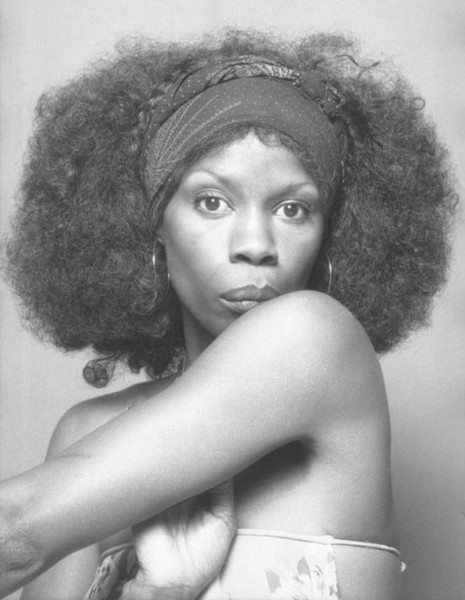Art always has two balancing demands: technique and aesthetics. Sewing requires that we understand the basics of construction, how to operate a sewing machine, how to handle fabrics and shears to get a good cut–but it also requires that we have a vision, a story to tell, a voice that we want heard.
That second part has always been the bigger challenge to me. I lean toward detail-orientedness, so drilling down on the technique side of sewing was immensely appealing to me. I loved the idea that I could master hand-eye-coordination s𝓀𝒾𝓁𝓁s using soft goods, loved how that was a challenge with immediate rewards. I struggled more with the idea of developing a VOICE, of using the product of my process to tell a story that was consistent and cohesive and cogent.
I think it’s an ongoing, meandering path, to be honest–I want to put that out right at the beginning here. I’m not saying people who don’t know what they’re searching to say shouldn’t sew, that’s crazy: the sewing is WHERE we learn what we want to say, oftentimes. You don’t have to know it at the beginning, it can be a thing that’s hard to pinpoint up close but becomes very clear with enough distance, when viewing the gestalt.
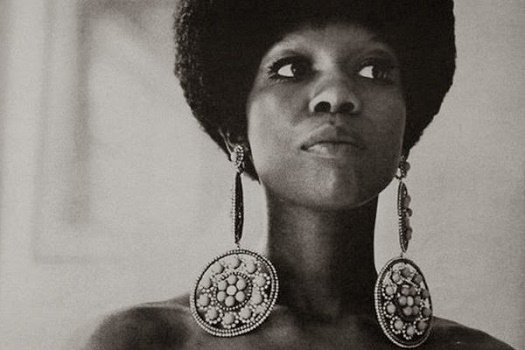
Ola Hudson embodies this idea to me. As a designer, she is not at all a household name, but you’ve one hundred percent seen her work, and her vision has indelibly impacted the world of fashion and design in ways that I think were subtle but pervasive. She has a clear aesthetic that stands out and has influenced designers who came after her.
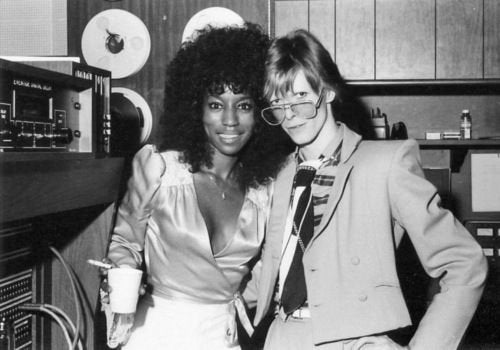
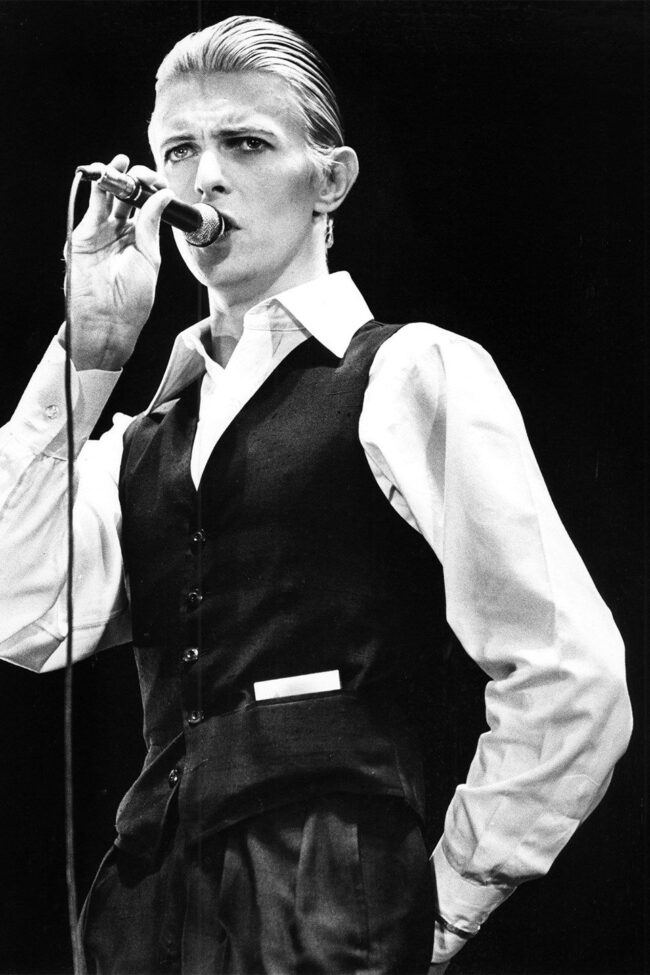
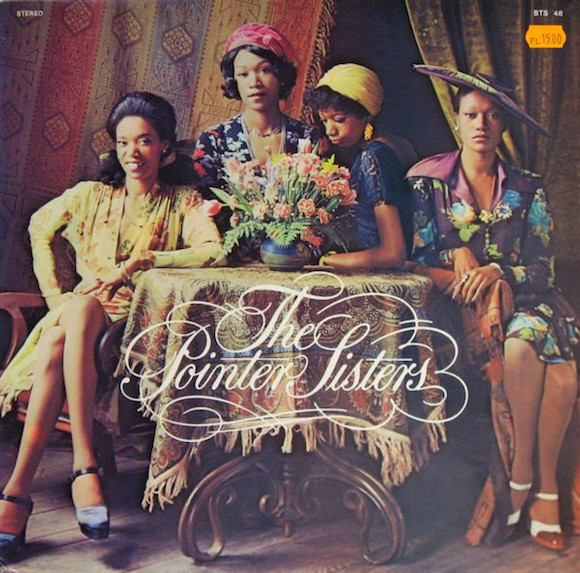
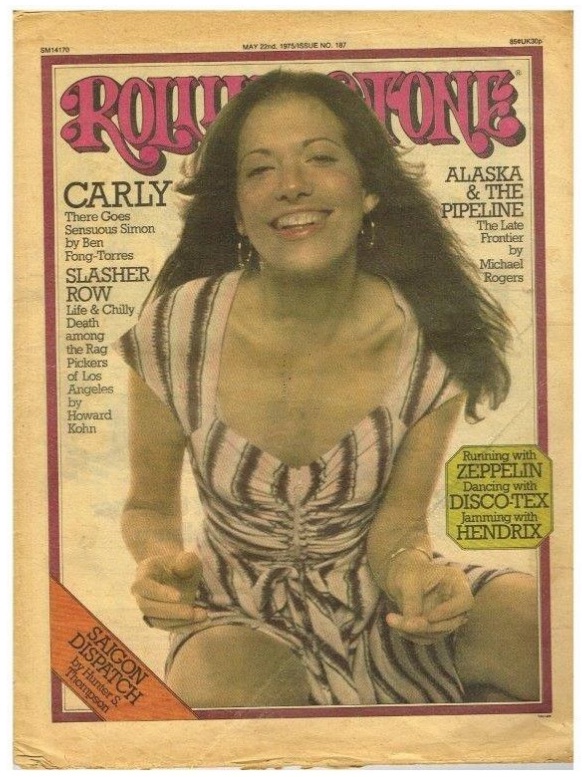
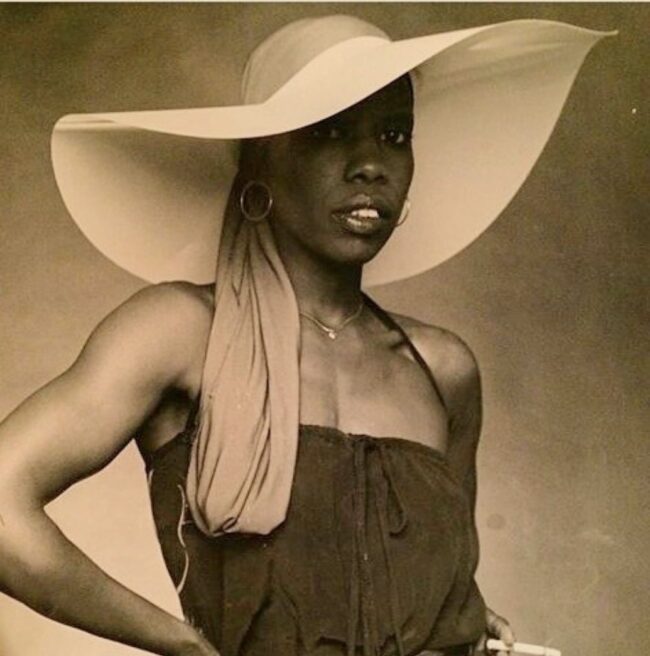
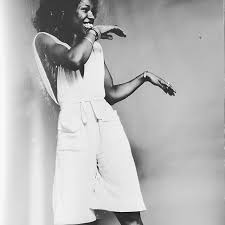
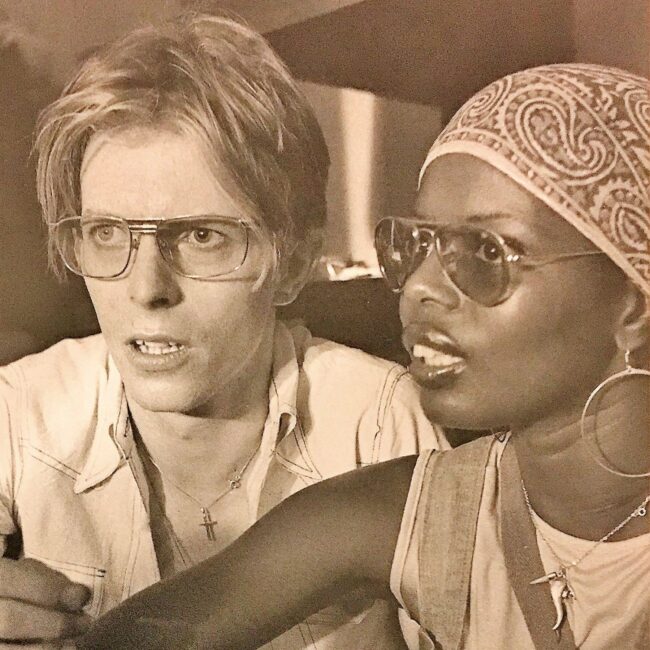
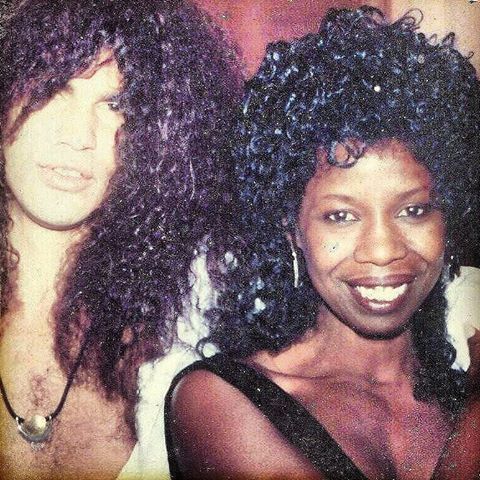
She absolutely passed down ideas about messaging to Slash, who added a second-hand belt to a top hat before a gig in LA and made an entire persona for himself that has yet to fade–did she communicate to him growing up how simply but powerfully the things we wear can tell others about who we are? Can pass along a cohesive narrative about the kind of people we want to be? About what we most value and what we think of ourselves? Or even that we can build ourselves a safe place to hold space in front of an audience whose intentions toward us are unclear?
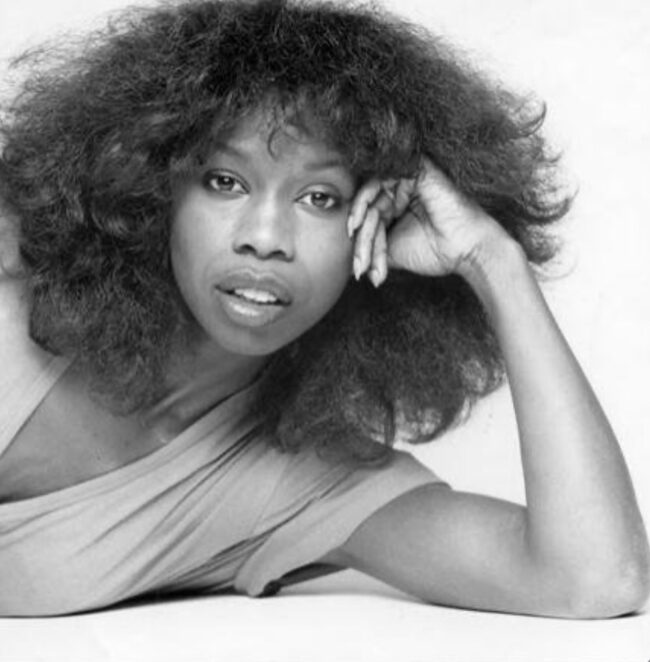
Hudson was known for her flowing retro-inspired dresses, her natural curls, and her striking facial features. She is universally remembered by those who knew her in life as a woman with strong ideas.
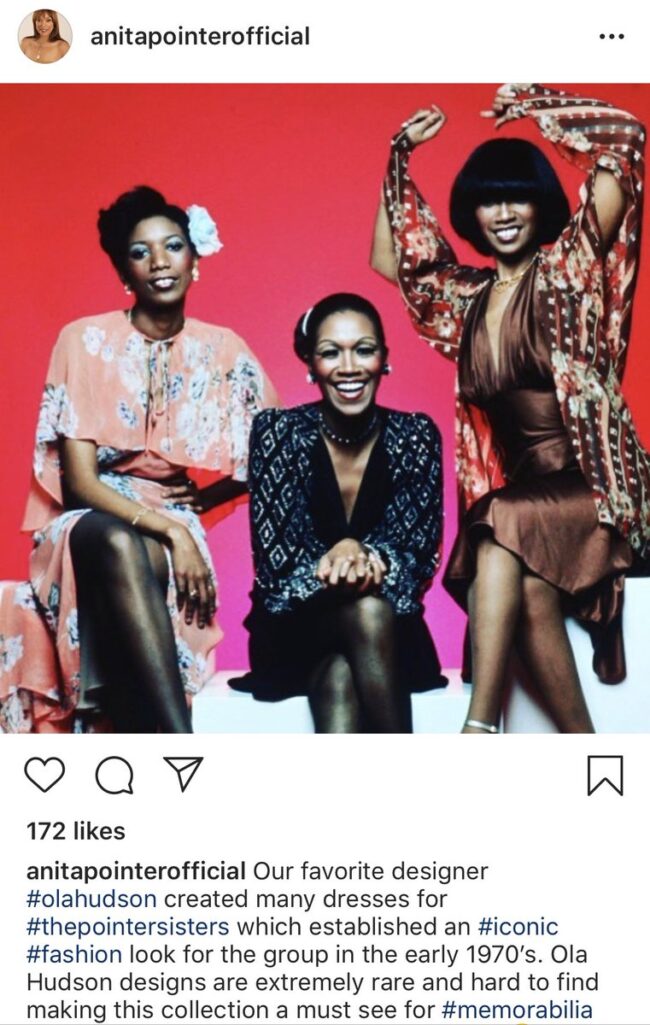
Ola Hudson may not be a household name (although she should be), but she has influenced me and you more than we are aware–and she has lessons to teach me about translating a story into something we wear, in ways that reflect identity without apology.
